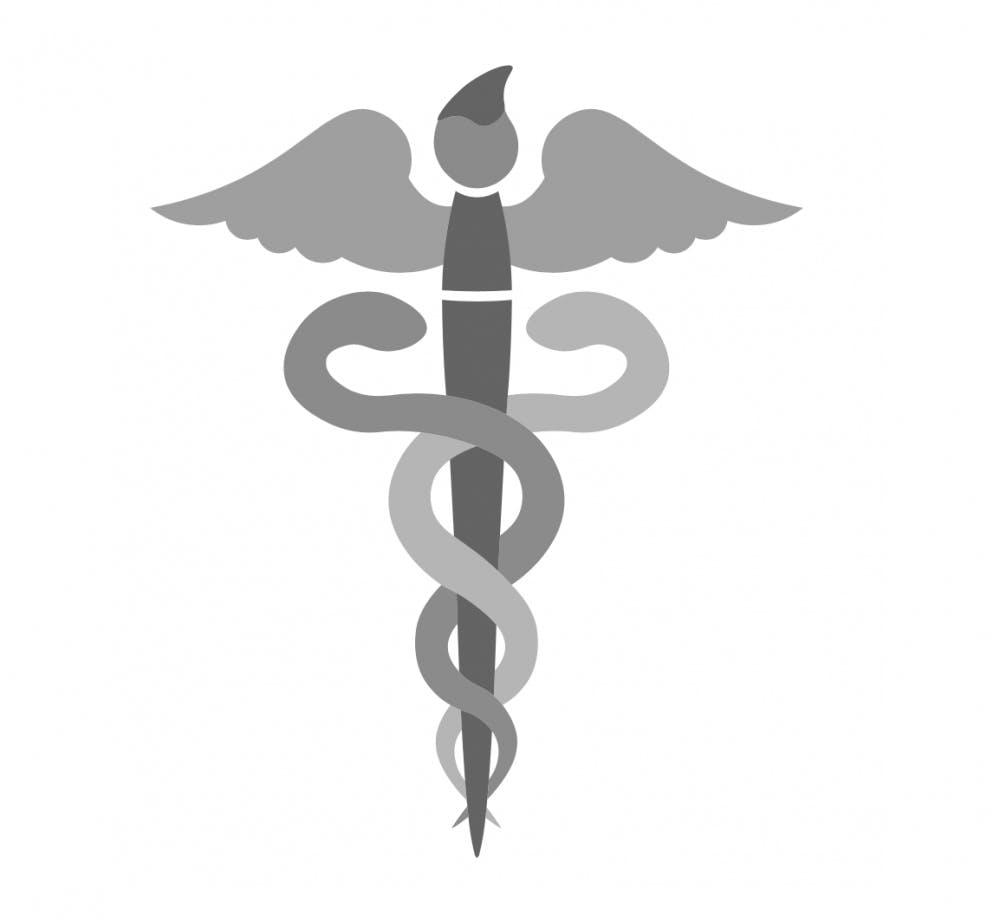The Medical Center Hour’s annual Moore Lecture featured Jay Baruch, an associate professor of emergency medicine at the Warren Alpert Medical School at Brown University, last Wednesday. Baruch stressed the necessity of interdisciplinary expertise when approaching the uncertainty and ambiguity associated with modern day medicine — specifically expressing the importance of inter-professional collaborations with artists, writers and humanities scholars.
The complex medical needs of patients only increases as time progresses, program moderator and Assoc. Prof. of Medical Humanities Marcia Day Childress said. As sheer factual knowledge fails to satisfy these challenges, healthcare providers must think creatively.
“Future physicians must also possess the skills of a creative artist, because for many doctors on the clinical frontline, medicine is actually a science-using creative act, an enterprise which deeply engages one with the uncertainty, ambiguity and even mystery of the world we live in,” Childress said.
In his recent journal article and lecture, entitled “Doctors as Makers,” Baruch proposed a reconceptualization of the healthcare team to incorporate artists, designers and humanities scholars, claiming that the creative point of view is essential to today’s medicine. Baruch said the traditional role of doctors as mere “science-using” practitioners should be expounded upon to include doctors as “makers” or “artists.”
In addition to his medical credentials, Baruch is also an accomplished fiction writer, receiving critical acclaim for his collections of short fiction “What’s Left Out” and “Fourteen Stories: Doctors, Patients, and Other Strangers.”
Following medical school and residency, Baruch said he felt comfortable with the expanse of medical knowledge and procedural skills he had attained. Yet he experienced unforeseen problems with patients which his medical education failed to remedy.
“Patients weren't always willing to cooperate. They didn't always follow the script,” Baruch said. “They would come in with symptoms, but they weren't necessarily puzzle pieces which would fit nicely into a diagnosis.”
Due to socioeconomic issues, substance abuse and mental health concerns, Baruch said he found himself overwhelmed by his patients’ web of needs. Simple knowledge and information proved inadequate.
“The answer wasn't always A, B, C or D, and this was a source of great frustration,” Baruch said. “It resulted in anxiety, a little bit of self doubt and a whiff of disillusionment. This frustration sometimes bled into my behavior with patients as if somehow I was blaming them for not being a puzzle with a missing piece.”
Over time, Baruch said he learned to draw upon his own creative writing skills at his patients' bedsides to provide the best care for their complex problems. He began to think of his patients more like complex characters — each with a unique narrative. Moreover, Baruch said he noticed that understanding and approaching a patient in the emergency department is very similar to stepping before an abstract painting.
At Warren Alpert Medical School, Baruch designed several programs and activities which allow the interweaving of artists and medical students. Specifically, Baruch partnered with a professor at the Rhode Island School of Design to create a semester-long program where medical students and design students could work on projects with topics of interest to both parties.
“Through questions and through art making, we make connections back to what is unsaid or unstable in medicine,” Baruch said.
The programs were deemed collectively beneficial and successful at large as they allowed for the sharing of perspectives, especially concerning critical feedback.
Over the past few years, the expanse of medical knowledge has grown exponentially and healthcare providers often find it difficult to manage. With more than 70 clinical trials published per day, Baruch stressed the necessity of doctors finding a certain comfort with the unknown. When physicians are uncomfortable with uncertainty, they are less likely to discuss this uncertainty with patients and engage in shared decision making, Baruch said.
“We give the students the opportunity to play with uncertainty and ambiguity and become aware [of] how to deal with non-linear, non-sequential information,” Baruch said.
Baruch also said he hopes to expand his programs even further in the coming years.







